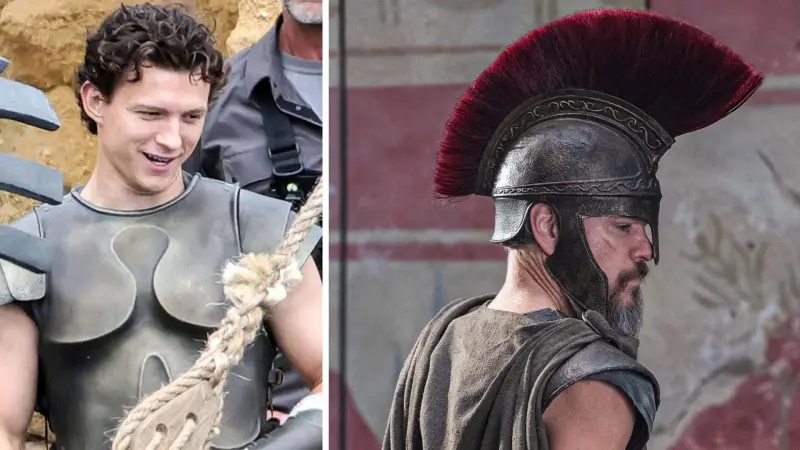A recent study has uncovered new insights into an enigmatic ritual involving severed heads in the Iberian Peninsula, revealing that the practice was far more intricate than previously assumed. Researchers discovered that different communities approached this tradition in distinct ways, offering a more nuanced understanding of Iron Age Iberian societies.
Unraveling the Mystery of Nailed Skulls
The study, led by the Universitat Autònoma de Barcelona (UAB) and published in the Journal of Archaeological Science: Reports, focused on skulls unearthed at two key archaeological sites: Ullastret and Puig Castellar. These remains, all belonging to men, bore clear signs of post-mortem modifications, including iron nails driven through them. For years, archaeologists have debated the purpose behind these striking displays.
Two leading theories have dominated the discussion. Some scholars suggest that the skulls were war trophies, displayed as warnings to enemies. Others argue that they may have belonged to revered community figures, honored in death. Until now, there was little scientific evidence to support either hypothesis.
Isotope Analysis Sheds Light on Origins
To clarify the purpose of these skulls, researchers conducted isotope analysis, a technique that examines the chemical composition of bones and teeth to determine an individual's place of origin. By comparing these results with local environmental samples, the team could distinguish between native residents and outsiders.
Their findings revealed notable differences between the two sites. At Puig Castellar, three out of four individuals were not from the local community. This suggests they were likely captured enemies whose skulls were mounted on city walls as symbols of dominance. In contrast, the results from Ullastret were more varied. Two skulls belonged to local individuals, possibly respected figures within their society, as their remains were found near household entrances. The third skull, from an outsider, was positioned on an external wall, aligning with the theory that it was a war trophy.
A Glimpse into Iron Age Iberian Societies
This study marks the first direct evidence of human mobility in northeastern Iberia during the Iron Age. It highlights how different communities had distinct traditions surrounding this ritual, reflecting a highly structured and complex society.
By analyzing these practices, researchers are beginning to piece together how ancient Iberians interacted with both their own people and foreign groups. This study is just the beginning, with future research aimed at expanding a database of strontium isotopes to further explore migration and cultural exchange in the region.
“Our findings demonstrate that these skull rituals were not merely acts of brutality but part of a sophisticated social and cultural framework,” explained lead researcher Rubén de la Fuente-Seoane. “This discovery provides valuable insight into the identity, power structures, and territorial control of Iberian communities over 2,000 years ago.”
A New Perspective on Ancient Traditions
These revelations shed fresh light on Iberian customs, emphasizing their connection to social hierarchy and regional dynamics. As researchers continue to unravel the complexities of ancient civilizations, studies like this help bridge the gap between the past and present, offering a deeper appreciation of the traditions that shaped human history.







